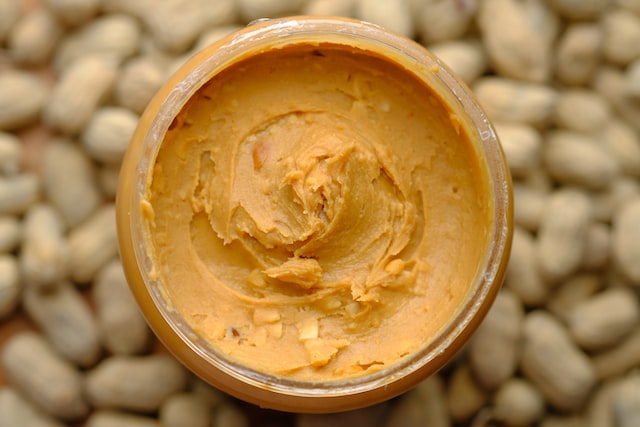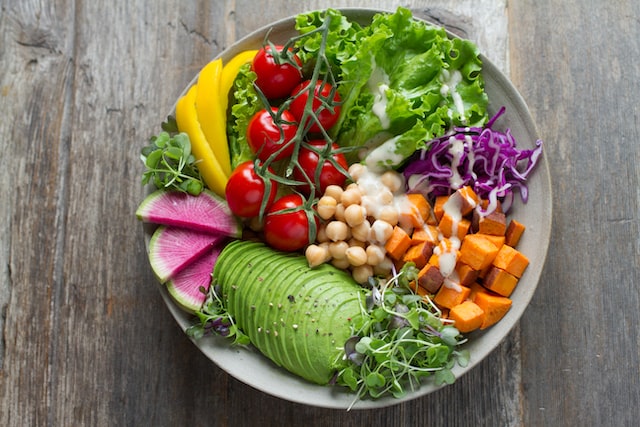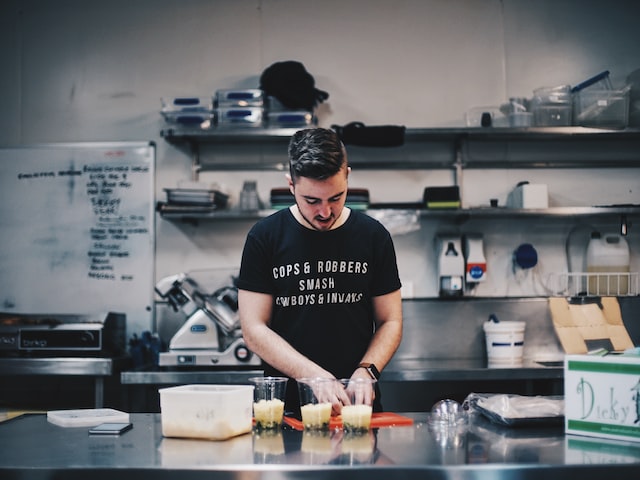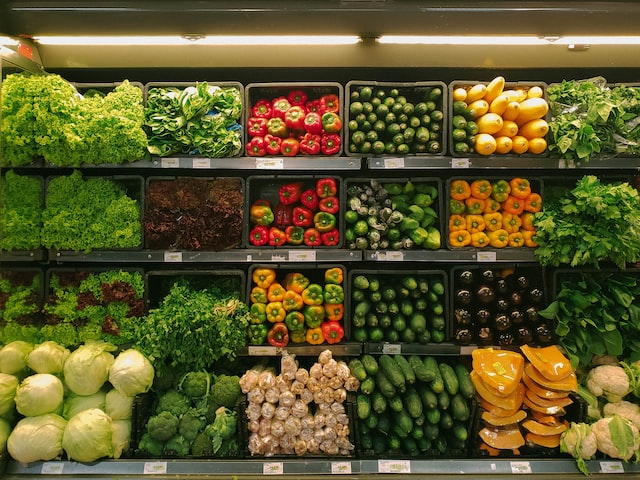Starting a nut butter business is relatively easy and can be a fun and profitable endeavor for anyone with the requisite skills and passion. This blog post will explain how to start a nut butter business, from choosing your ingredients to branding your product. So if you’re looking for a new culinary challenge, read on!
1) Research the Market
The first step to starting any business is understanding the demand for your product. In the case of nut butter, this means researching local and online markets to see what brands and varieties are already available and at what price points. As a result, you will be able to determine what consumers may be looking for and what your competitors are doing.
2) Create a Business Plan
Now that you know the market and your place, you need to start planning your business. Creating a business plan includes:
- Defining your goals
- Making a budget
- Deciding on your business name and branding
- Determining the cost of production and ingredients
- Mapping out your sales strategy
It would also be a good idea to start thinking about packaging and labeling, as well as any permits and licenses you might need.
3) Source Ingredients and Equipment
The next step is to source the ingredients and equipment you’ll need to make your nut butter. In addition to nuts, oils, and sweeteners, the key to making smooth and creamy nut butter is to use a high-powered food processor or blender. Once you have everything, it’s time to start producing fresh nut butter!
4) Start Production
Now it’s time to start making your nut butter. You’ll want to ensure it is of the highest quality, and experiment with different flavors and combinations of nuts and seeds.
When it comes to producing your nut butter, pay special attention to its consistency. The key to perfect consistency is ensuring your proportions are precise, which is why it’s so important to experiment with ingredients until you’re happy with your recipe.
5) Package and Label
When your nut butter is ready, it’s time to package and label it for sale. Of course, your nut butter must be packaged to protect it from contamination and spoilage.
For the label, you’ll need to get creative here, as your packaging needs to reflect your brand and appeal to consumers. You’ll also need to ensure your labels are accurate and up to date with the latest food safety regulations.
6) Promote and Sell
The final step is to promote and get your nut butter into customers’ hands. Fortunately, there are many ways you can do this.
The promotion can be done through online channels such as social media and your website, as well as offline channels such as farmers’ markets and local retailers. Whatever marketing strategy you choose, ensure you get the word out about your delicious product!
The Bottom Line
Now that you know how to start a nut butter business, what are you waiting for? Get out there and start making your business dreams come true!
Need a hand getting your nut butter business off the ground? We’d be happy to help! Click here to book a complimentary consultation from the greater goods today.











